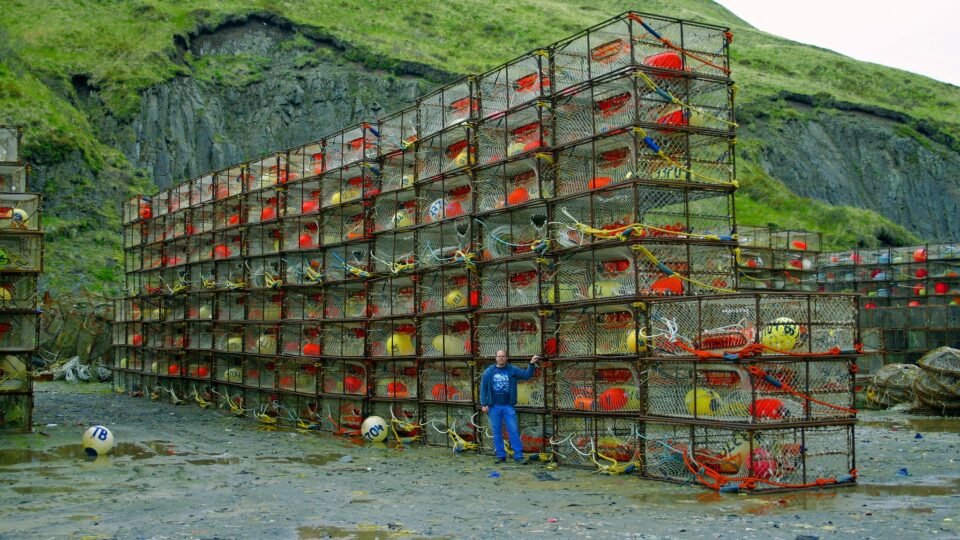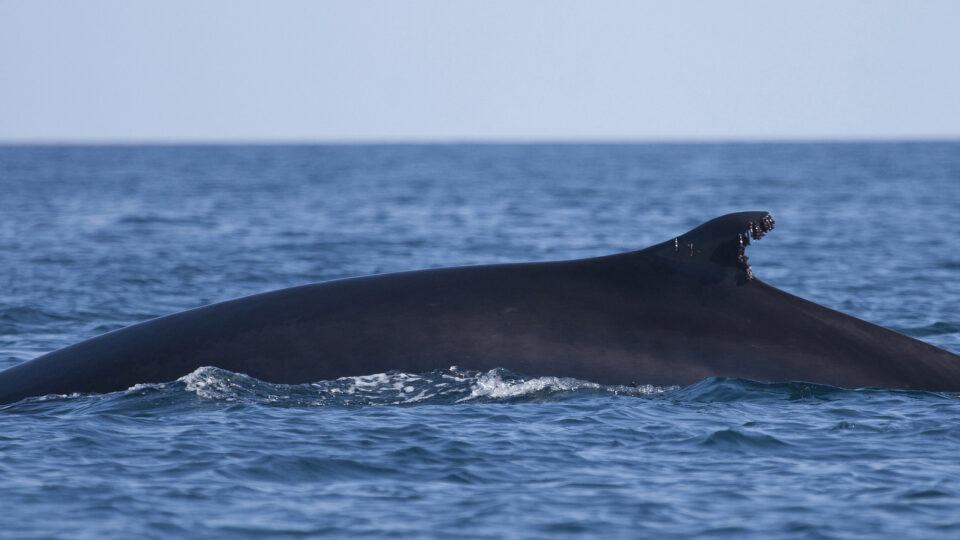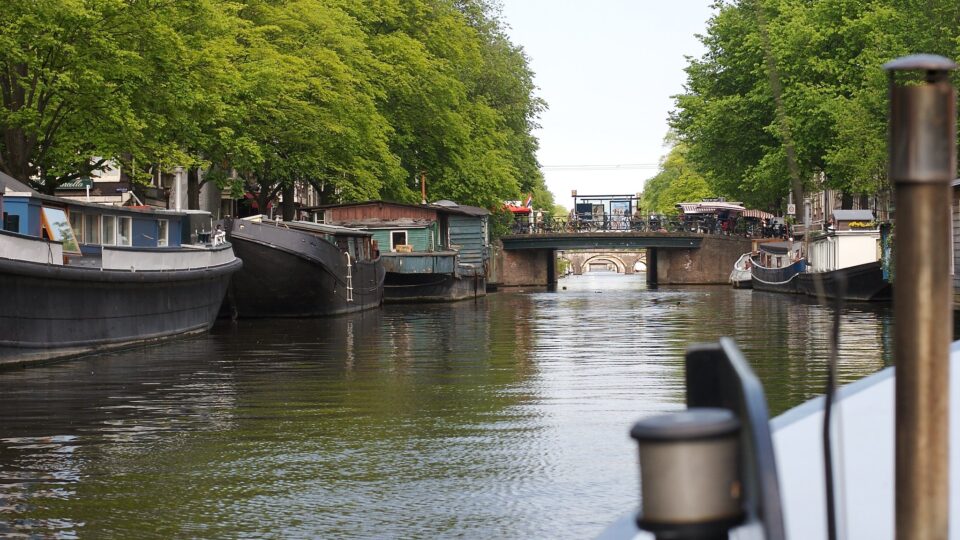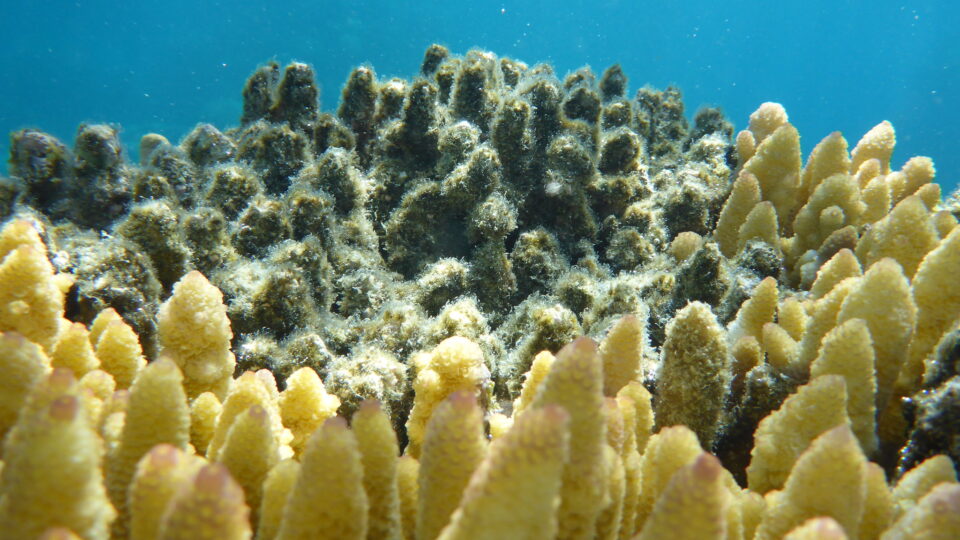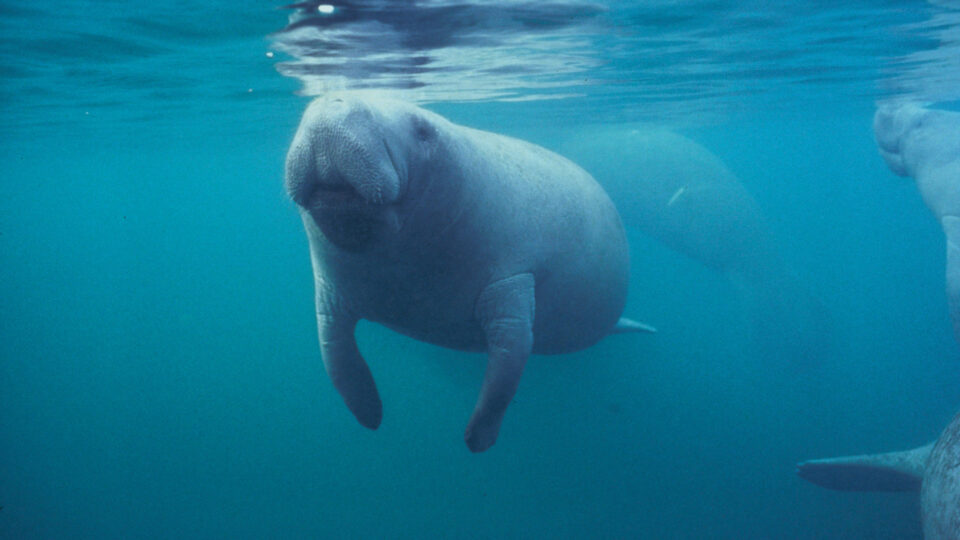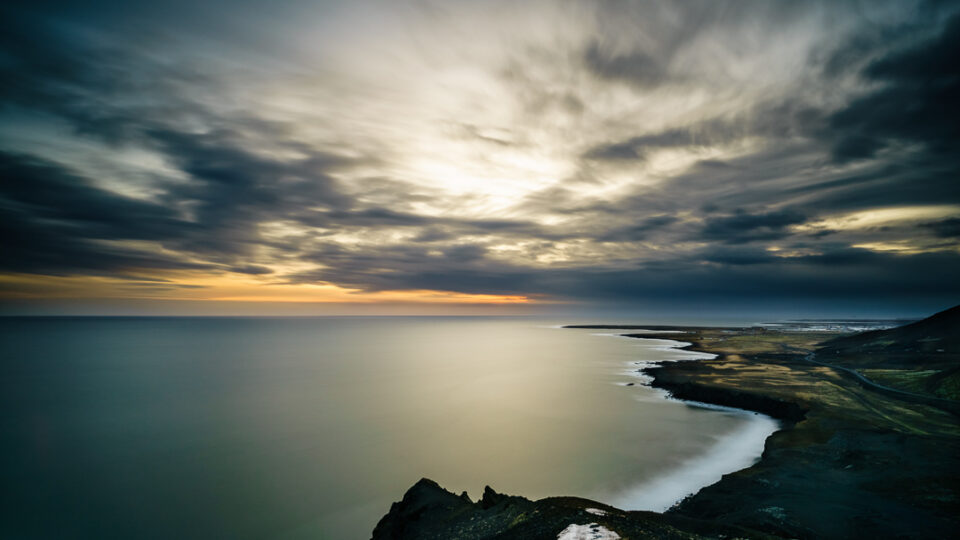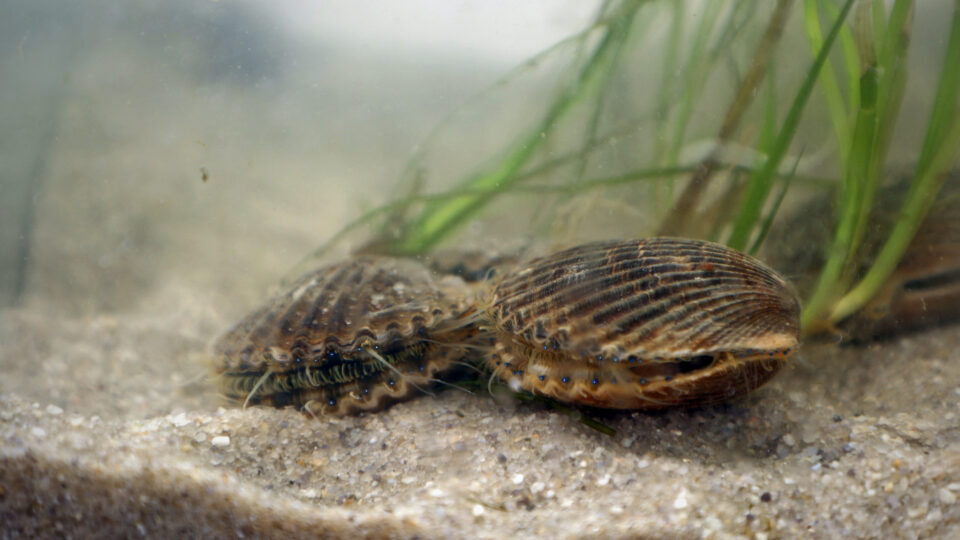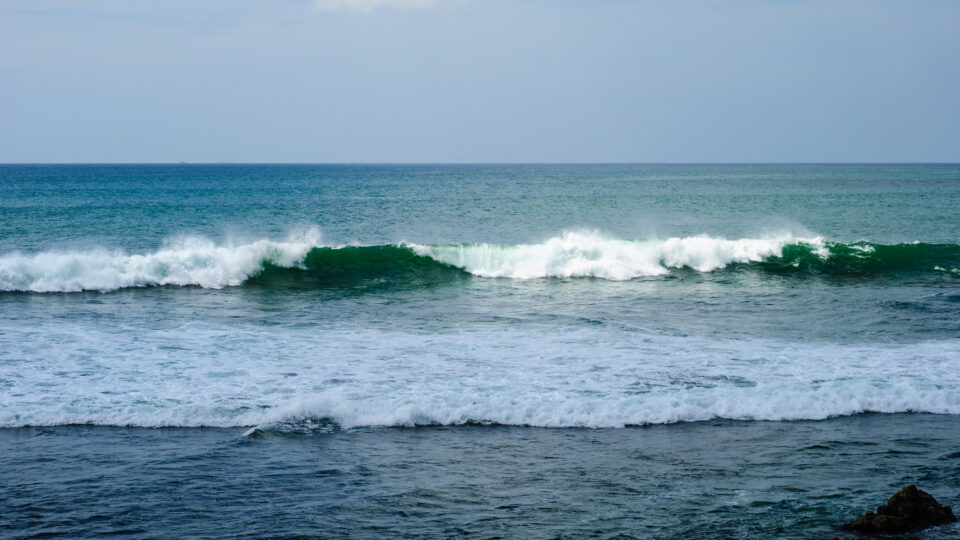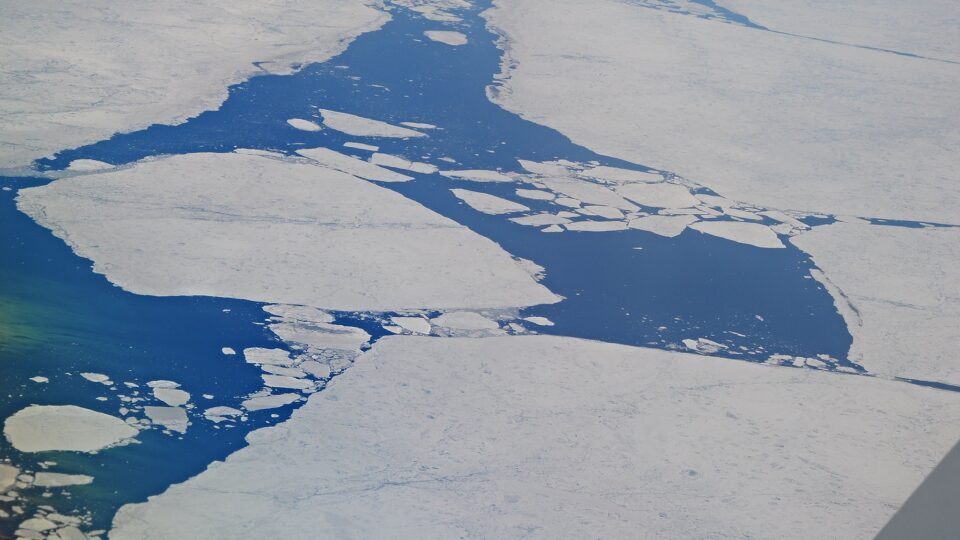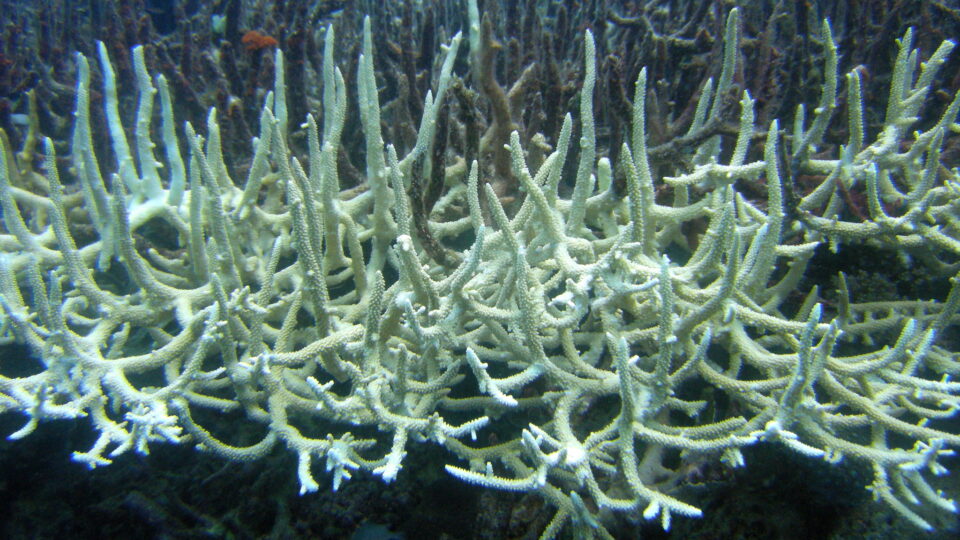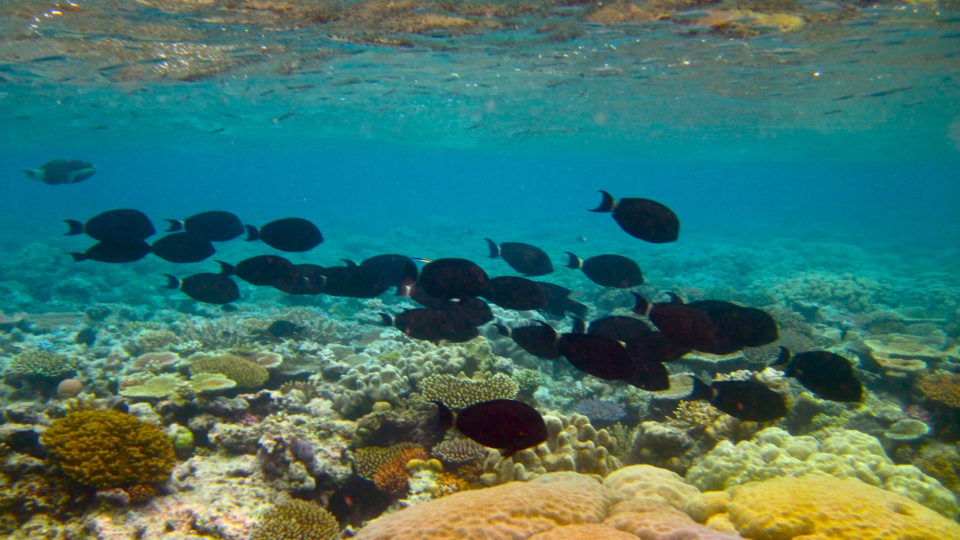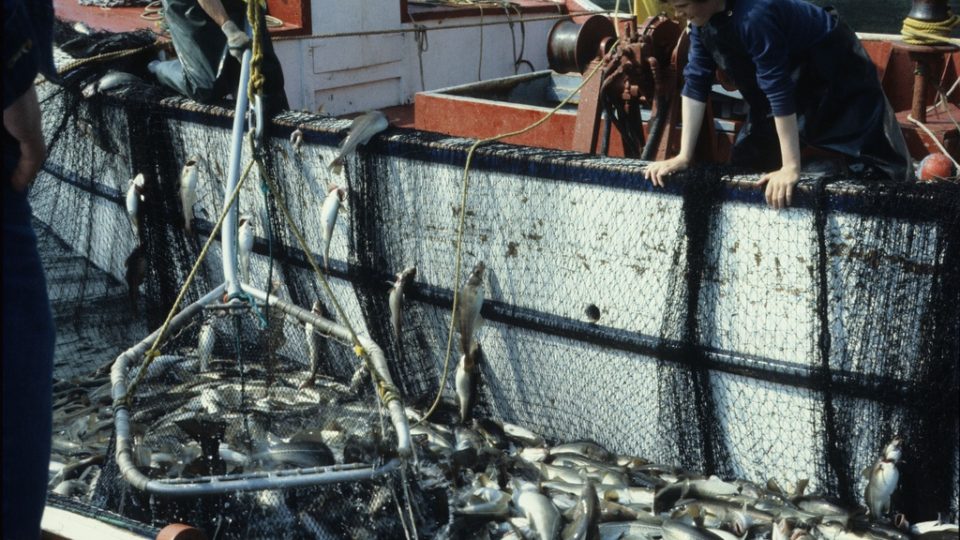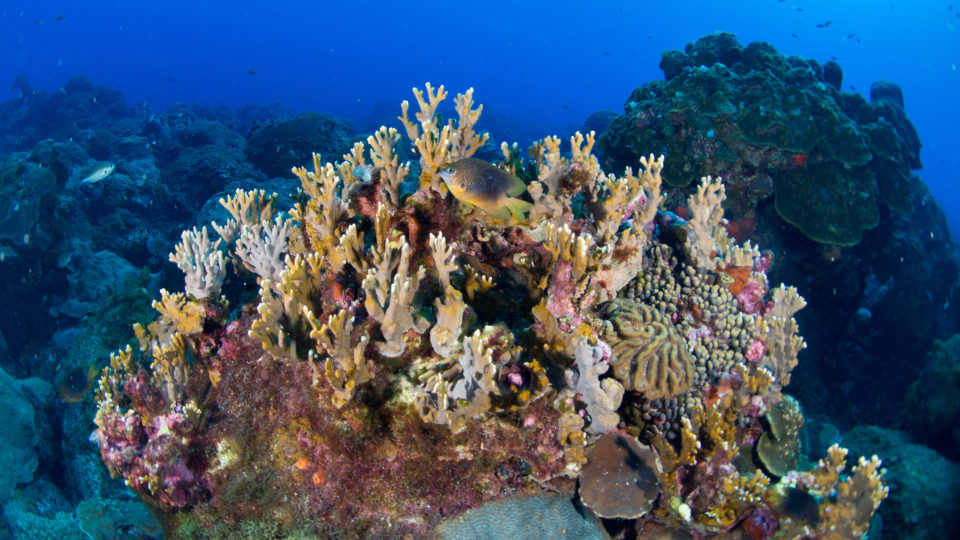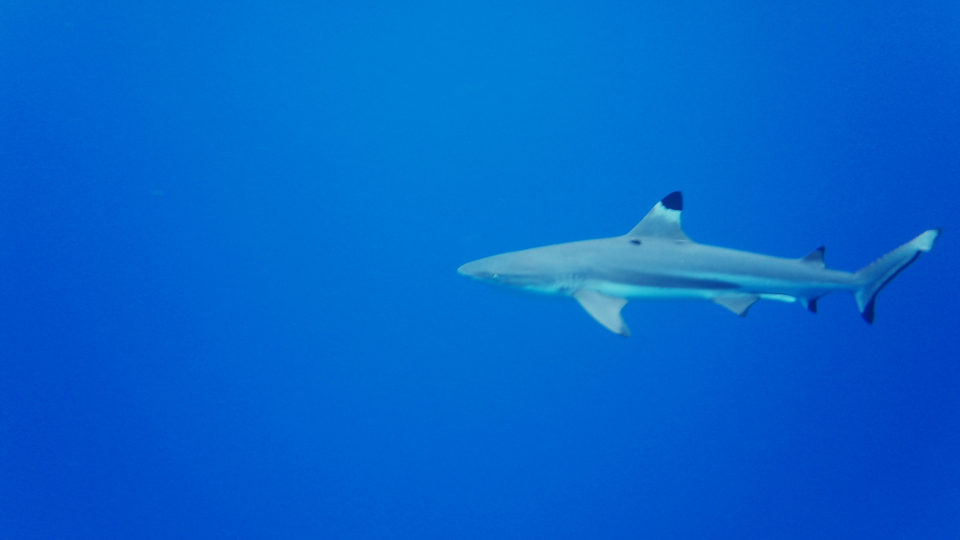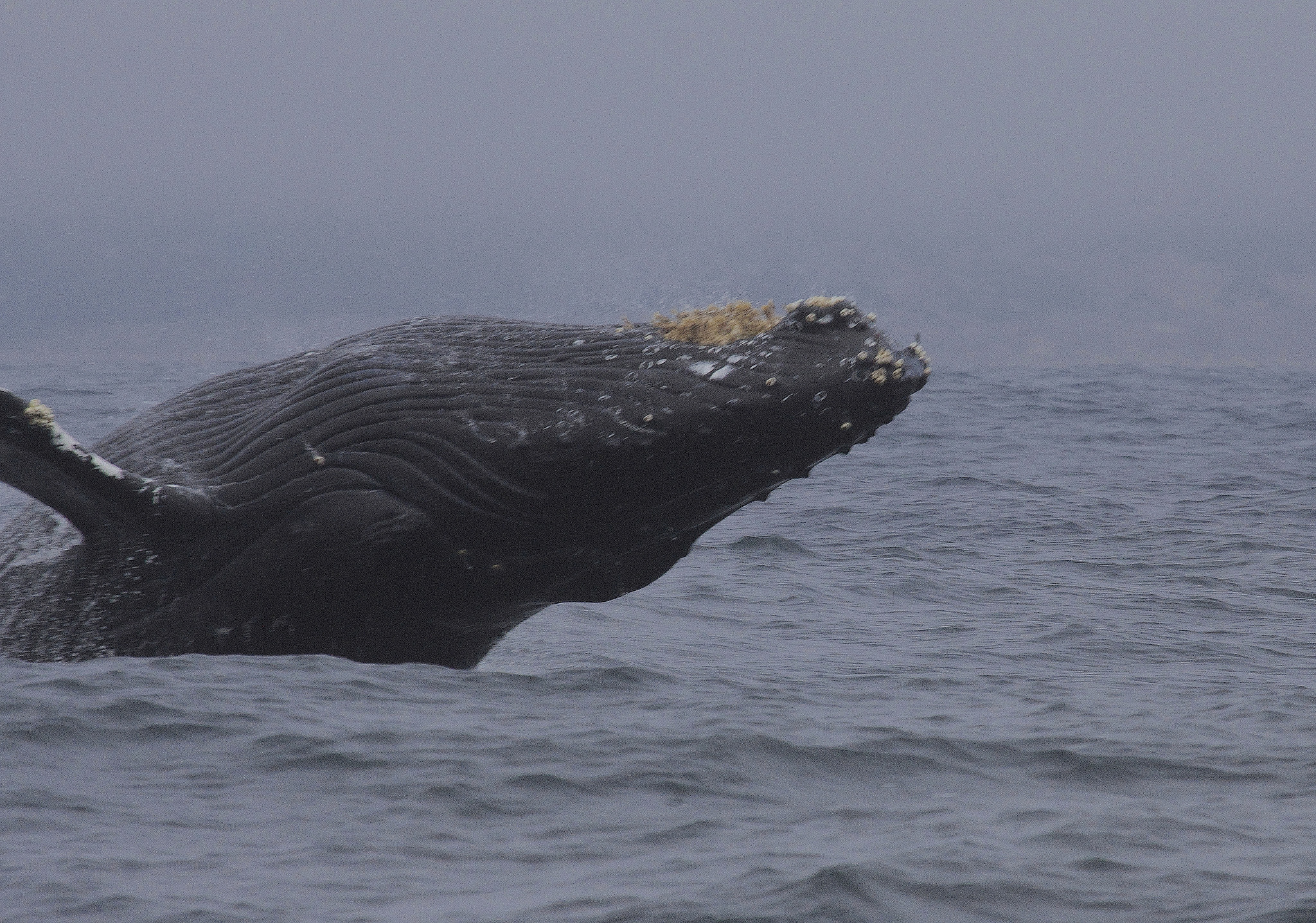Globally, there are more than 6,000 species of crabs. In Alaska’s waters alone, there are 18 species, including 10 that are commercially fished. The perils of crab fishing in this region, including freezing temperatures, turbulent seas, and raising full pots that can weigh well over a ton, have been highlighted for many years in the reality TV series Deadliest Catch.
One of those commercially-fished species is the Alaska snow crab. Alaska snow crabs are a cold-water species found off the coast of Alaska in the Bering, Beaufort, and Chukchi Seas.
In October, officials in Alaska announced that the upcoming winter snow crab season would be canceled for the first time ever due to a sharp population decline. While the number of juvenile snow crabs was at record highs just a few years ago, approximately 90% of snow crabs mysteriously disappeared ahead of last season. Officials also canceled the Bristol Bay red king crab harvest for similar reasons for the second year in a row.
The closures dealt a severe blow to crab fishers in the region. According to the Alaska Seafood Marketing Institute, Alaska’s crab fishing industry is worth more than $200 million.
The canceled seasons also raise questions about the role of climate change in the snow crab population crash. While the causes of the decline are still being researched, scientists suspect that warmer temperatures are responsible. Temperatures in the Arctic region have warmed four times faster than the rest of the planet.
As the climate continues to change, the warming waters around Alaska may become increasingly inhospitable to snow crabs and other species.
**********
Web Links
Alaska’s Bering snow crab, king crab seasons canceled
Alaska cancels snow crab season for first time after population collapses
Photo, posted November 16, 2010, courtesy of David Csepp / NOAA via Flickr.
Earth Wise is a production of WAMC Northeast Public Radio
